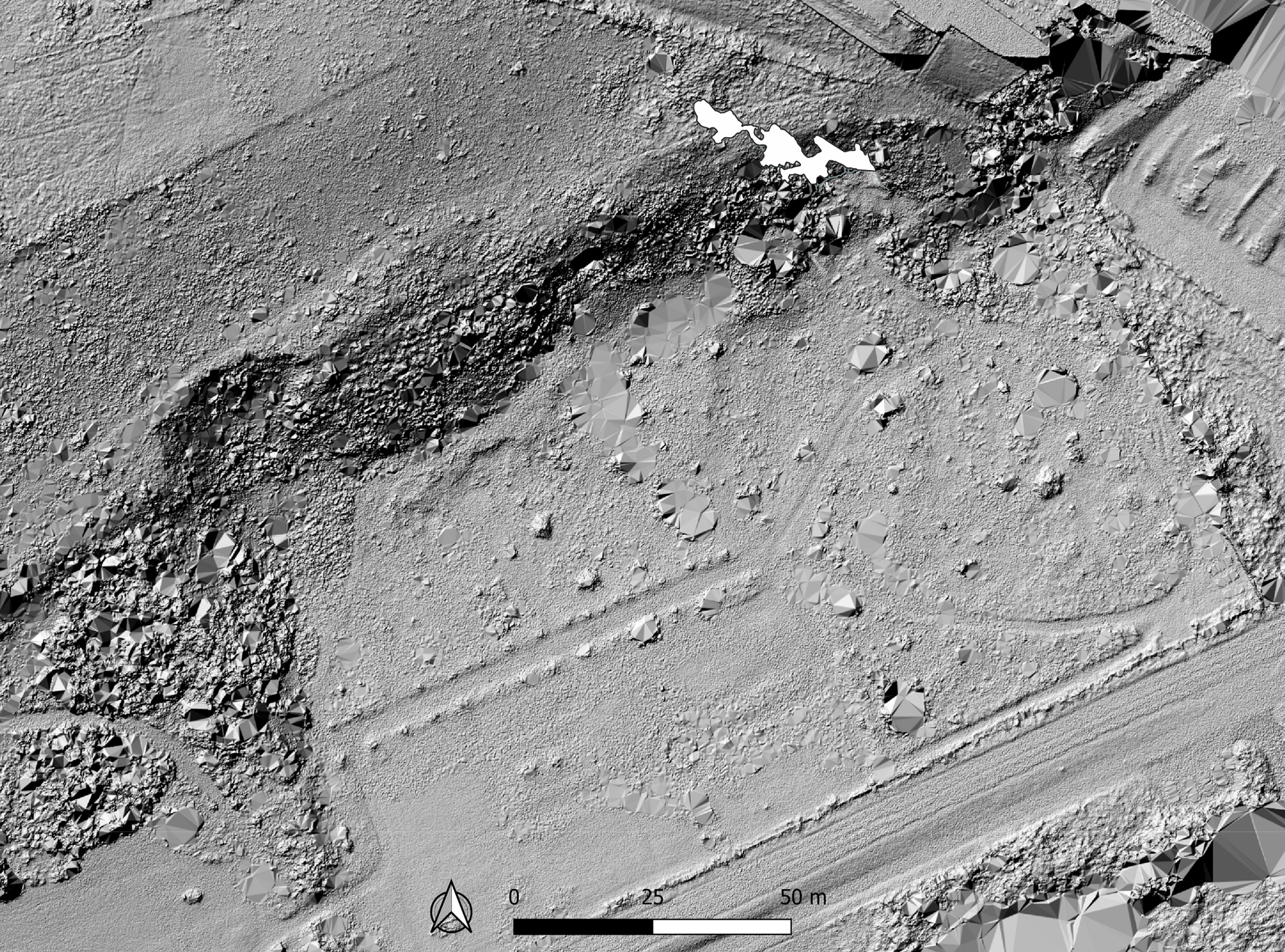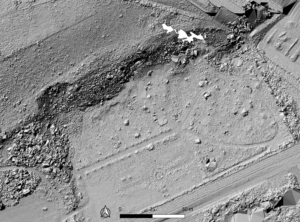PLOS ONE recently published a research about the an example of abstract designs executed by Neanderthals. The Astract says:
“Here we report on Neanderthal engravings on a cave wall at La Roche-Cotard (LRC) in central France, made more than 57±3 thousand years ago. Following human occupation, the cave was completely sealed by cold-period sediments, which prevented access until its discovery in the 19th century and first excavation in the early 20th century. The timing of the closure of the cave is based on 50 optically stimulated luminescence ages derived from sediment collected inside and from around the cave. The anthropogenic origin of the spatially-structured, non-figurative marks found within the cave is confirmed using taphonomic, traceological and experimental evidence. Cave closure occurred significantly before the regional arrival of H. sapiens, and all artefacts from within the cave are typical Mousterian lithics; in Western Europe these are uniquely attributed to H. neanderthalensis. We conclude that the LRC engravings are unambiguous examples of Neanderthal abstract design.”
Read the whole paper: https://journals.plos.org/plosone/article?id=10.1371/journal.pone.0286568
A lot of sources are reporting this story – basically re-writing this report.
Thanks to Soror Amy for the tip!


